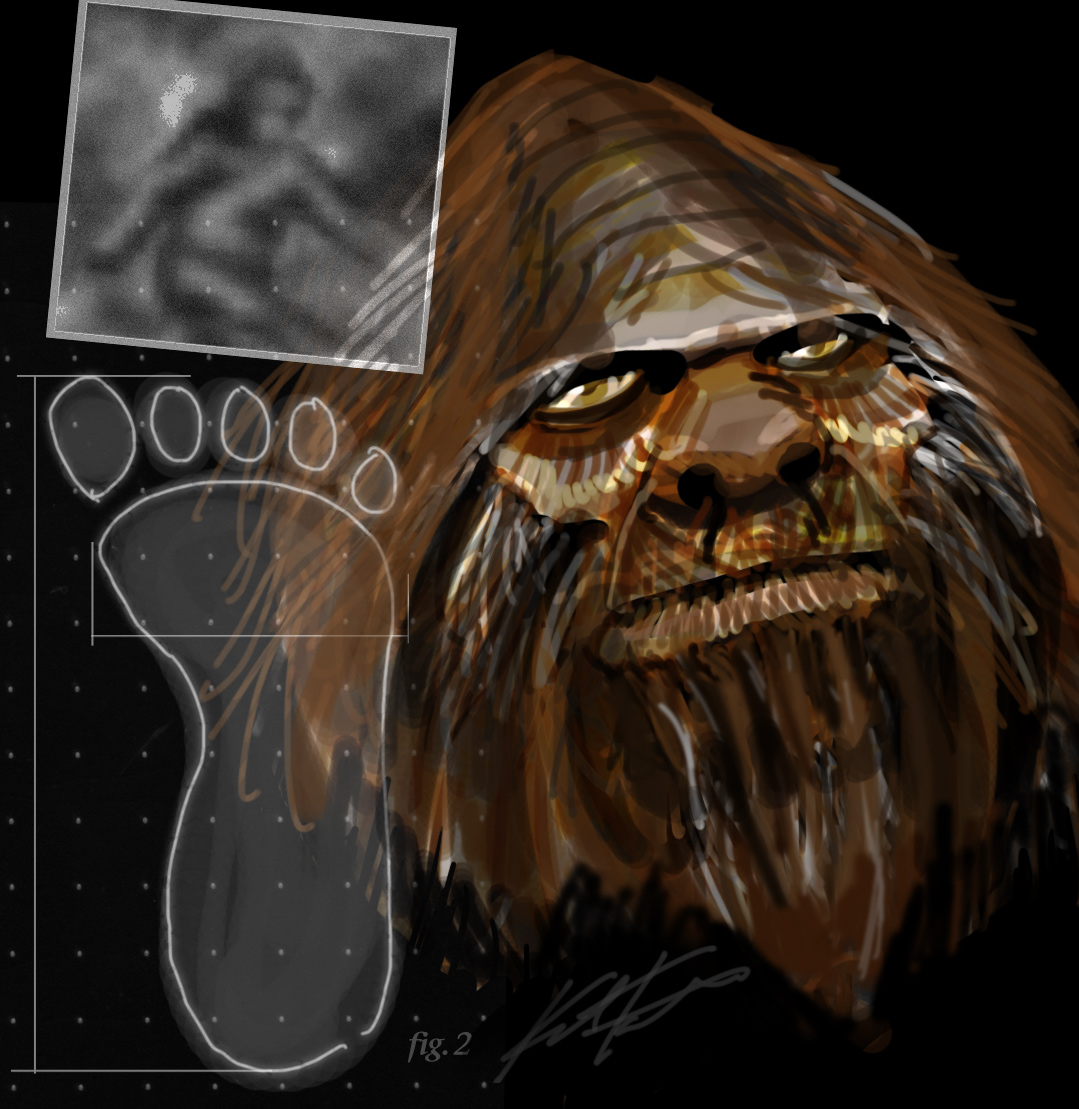Bigfoot Vandalizes a Winnebago and Other Questionable Claims


A Pennsylvania man who accused Bigfoot of vandalizing his 1973 Winnebago earlier this month is just one of a long history of people who have blamed the hairy humanoid for attacking personal property and dwellings.
John Reed, a Bigfoot enthusiast, claims that during a camping trip he and his girlfriend saw a tall, dark, hairy figure walk past their camper window at night. According to one news story, Reed said the Bigfoot "threw rocks at his mobile home's outside light to escape discovery."
This explanation doesn't make sense; if the Bigfoot didn't want to be noticed, it presumably wouldn't have walked right past the Winnebago's window with two people inside, nor thrown rocks at the camper. The creature could simply have avoided the campsite, or kept walking into the darkness if it did not want to be detected, instead of standing and throwing rocks at an exterior light.
Perhaps the strangest part of the story is that Reed, who founded a Bigfoot hunting group and claims to have seen it twice before, did not photograph the creature. [Bigfoot, Nessie & the Kraken: Cryptozoology Quiz]
Reed is not alone
As odd as this story seems, Reed is not the first to claim to find traces and evidence of what they assume must have been a Bigfoot, though not clearly seeing or photographing it at the time. The logic goes like this: I don't know what else it might have been, so it must have been Bigfoot.
It is well known that wild animals attack vehicles such as car and RVs — especially if they can smell food inside. And many animals, including bears and raccoons, can be very clever and persistent in trying to get into vehicles and other containers. Trashcans in national parks have specially designed latching mechanisms to thwart feral intruders.
Get the world’s most fascinating discoveries delivered straight to your inbox.
There have been other cases where unknown creatures attack vehicles, though those attacks have typically occurred at night and/or while the occupants were away. Strangely, Bigfoot are never credibly accused of attacking people; just about every other animal in the world has been known to attack humans at some point, including cats, dogs, deer, moose, bear, boar, elk, cougar, birds, fish, and so on. Not so for Bigfoot — a fact that raises suspicion among many skeptics.
Bigfoot have been claimed to vandalize not only dwellings but also trees. In October 2011, Bigfoot researcher and biologist John Bindernagel visited western Siberia to examine evidence of the Yeti (the Russian version of Bigfoot). He claimed to have found evidence that the creature broke trees and branches. "Twisted trees like this have also been observed in North America and they could fit with the theory that Bigfoot makes nests," Bindernagelsaid in an interview with the British tabloid "The Sun."
In another mysterious incident that some attribute to Bigfoot or another unknown creature, in 2008 a South Carolina couple claimed that something vandalized their vehicle, leaving mysterious bite marks and ripping out part of the fender on their 2002 Dodge Grand Caravan.
Famous 1924 Bigfoot Attack
The most famous case of a Bigfoot attack allegedly occurred at a place called Ape Canyon, near Mount St. Helens, Washington. In 1924, a group of five miners working at the site were besieged by a group of "ape men." One of the miners, a man named Fred Beck, claimed that they sighted a group of Bigfoot high above them on the edge of the canyon. The miners then spent a terrified night holed up in their cabin, during which the Bigfoot bombarded the cabin with rocks, and, they claimed, even tried to break the door in. The miners couldn't get a good look at the Bigfoot—partly because it was dark and partly because they could only see outside through small cracks in the door and walls.
The incident was cited for years in Bigfoot lore as a classic Bigfoot attack, and the details were exaggerated with each retelling. For example a few dozen fist-size rocks that rained down on the roof and walls became "giant boulders" in some versions of the story. Later research found that the famous Ape Canyon Bigfoot attack was not a hoax — but nor was it real: it was instead a combination of a prank and misperceptions.
It seems that the "Bigfoot" were local YMCA youth from nearby Spirit Lake, who had a long tradition of throwing stones (including pumice rocks, which can be deceptively light for their size) down into the canyon from above. The kids would not have known the miners were in the canyon, nor even that they were necessarily hitting a cabin in the darkness far below. When the miners looked up they would have only seen silhouettes of figures far above them. It must surely have been a terrifying experience for the miners, and it's easy to see how the Bigfoot story could have been spawned. [Who Believes in Bigfoot?]
Could something similar explain the recent incident in Pennsylvania? Reed says he believes that the damage to his Winnebago wasn't caused by a group of pranking kids, though police think that's exactly what it was and are treating the case as ordinary vandalism. If Reed wants to file an insurance claim for the damages to his camper, he might want to go with that story.
Benjamin Radford is deputy editor of Skeptical Inquirer science magazine and author of six books including Scientific Paranormal Investigation: How to Solve Unexplained Mysteries. His Web site is www.BenjaminRadford.com.



